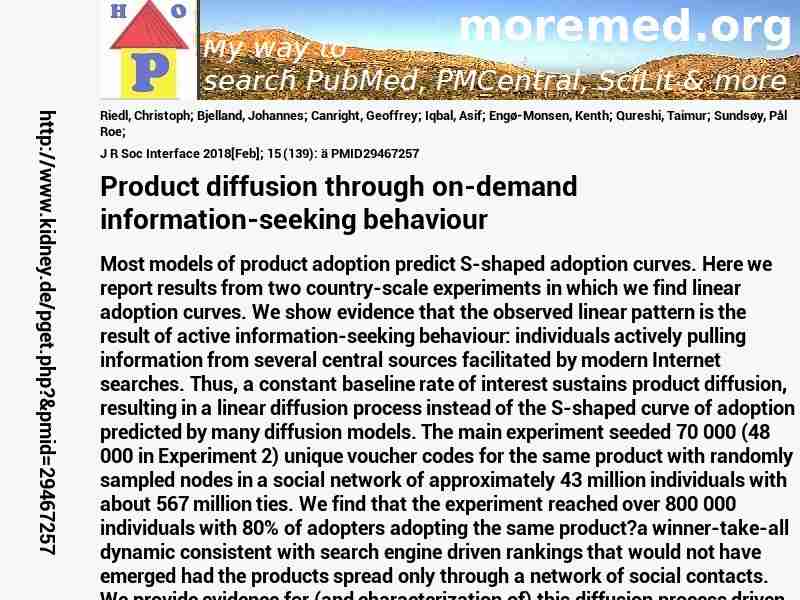10.1098/rsif.2017.0751
http://scihub22266oqcxt.onion/10.1098/rsif.2017.0751

C5832727!5832727!29467257
 free free
 free free
 free free
|  
Deprecated: Implicit conversion from float 229.6 to int loses precision in C:\Inetpub\vhosts\kidney.de\httpdocs\pget.php on line 534
Deprecated: Implicit conversion from float 229.6 to int loses precision in C:\Inetpub\vhosts\kidney.de\httpdocs\pget.php on line 534
 J+R+Soc+Interface 2018 ; 15 (139): ä J+R+Soc+Interface 2018 ; 15 (139): ä
Nephropedia Template TP
gab.com Text
Twit Text FOAVip
Twit Text #
English Wikipedia
|

 free
free free
free free
free